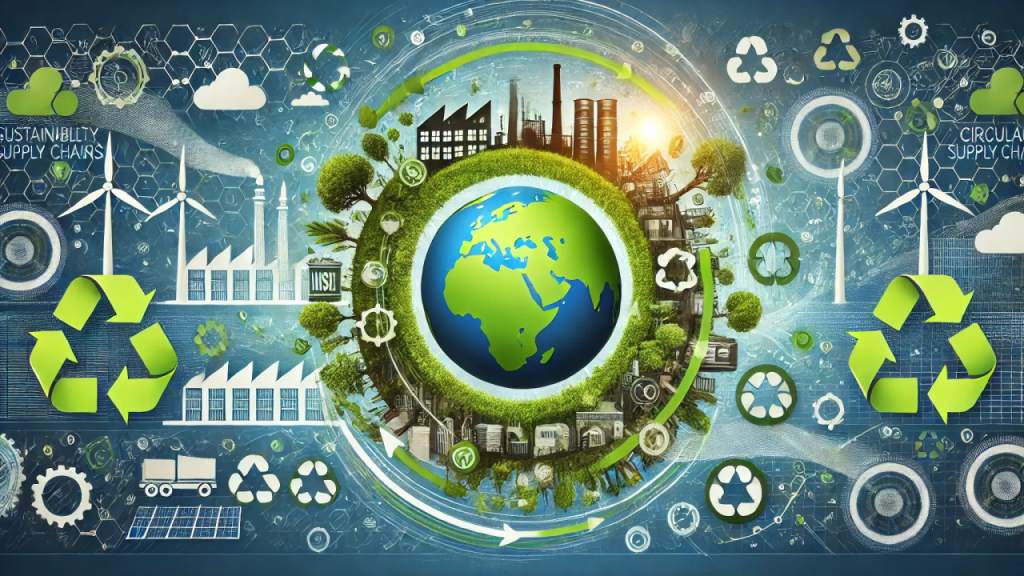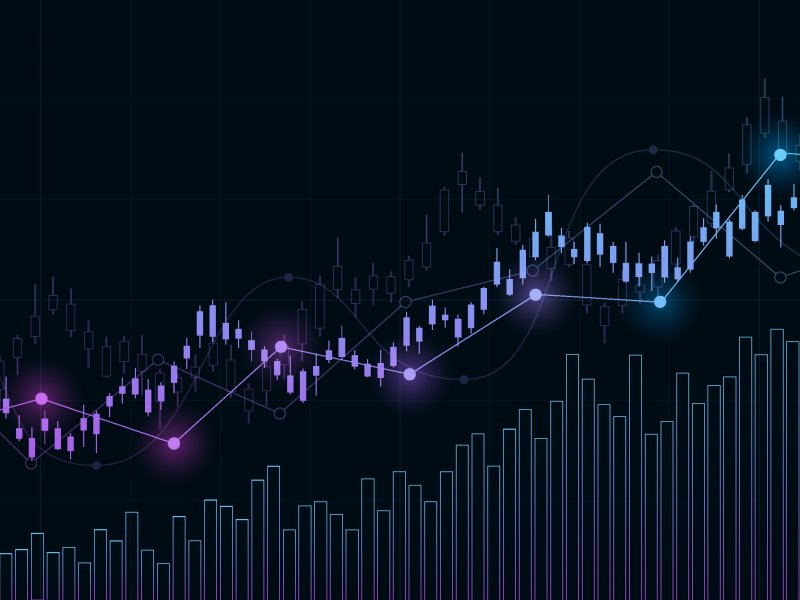Gone are the days when procurement was just about getting the best price. Today, it’s about making smarter choices that benefit not just your bottom line—but the planet too. Sustainability is no longer a buzzword. It’s a business necessity. As global regulations tighten and consumer expectations evolve, companies are being held accountable for the environmental and social impact of their supply chains. Procurement teams are on the front lines of this shift. From sourcing raw materials to selecting logistics partners, every purchasing decision holds the power to drive real change. But how do you actually incorporate sustainability into procurement? How do you balance cost-efficiency with ethical responsibility? In this article, we’ll explore real-world strategies, measurable benchmarks, and practical tools to embed sustainability into your procurement framework—and why doing so is a win for your business, your stakeholders, and the future.
The Sustainability Procurement Imperative: Why It Matters Now
Before diving into how to make procurement more sustainable, let’s look at why this matters more than ever.
- 78% of companies say they are increasing their sustainable procurement efforts to meet investor and customer expectations.
- 60% of global emissions are linked to supply chains, making procurement a top driver of climate action.
- New regulations like the EU Corporate Sustainability Due Diligence Directive (CSDDD) are requiring businesses to monitor environmental and human rights risks in their global supply chains.
Sustainable procurement isn’t just the right thing to do—it’s fast becoming a legal and financial obligation.
Know Your Impact: Assessing Environmental & Social Risks
Before you can improve sustainability, you need visibility.
Conduct a Supply Chain Sustainability Audit
Start by asking these questions:
- Where do your raw materials come from?
- What’s the carbon footprint of your transportation methods?
- Are workers involved in your supply chain paid fairly and working safely?
Use tools like EcoVadis, Sedex, or Supplier Ethical Data Exchange to assess suppliers’ environmental and social practices.
| Audit Criteria | Assessment Focus |
|---|---|
| Emissions & Energy Use | Carbon footprint, renewable energy adoption |
| Labor Conditions | Worker safety, wages, working hours |
| Material Sourcing | Use of recycled or certified raw materials |
| Waste Management | Recycling processes, hazardous waste handling |

Set Clear Sustainability Goals and KPIs
Once you understand your starting point, it’s time to map out where you want to go.
Align Procurement with Your ESG Strategy
Set SMART (Specific, Measurable, Achievable, Relevant, Time-bound) sustainability goals that align with your organization’s broader ESG (Environmental, Social, Governance) framework.
Examples of Procurement Sustainability KPIs:
| Goal | KPI |
|---|---|
| Reduce carbon footprint | % reduction in CO₂ emissions per shipment |
| Ethical sourcing | % of suppliers compliant with ethical standards |
| Reduce packaging waste | % reduction in non-recyclable packaging used |
| Improve diversity and inclusion | % spend on diverse or minority-owned suppliers |
These KPIs should be tracked quarterly and built into supplier scorecards to ensure ongoing alignment.
Choose the Right Suppliers: Partnering with Purpose
Procurement professionals hold the key to transforming supply chains.
Prioritize Suppliers with Sustainability Certifications
Look for verifiable standards such as:
- ISO 14001 (Environmental Management)
- SA8000 (Social Accountability)
- Fair Trade or Rainforest Alliance Certified
- B Corp status
Create a supplier code of conduct that outlines your sustainability requirements—and make it a non-negotiable part of every agreement.
Implement a Supplier Sustainability Rating System
Develop a rating scale to evaluate suppliers based on their sustainability performance.
| Rating | Description |
|---|---|
| A | Fully compliant with top-level certifications |
| B | Some sustainability practices, room for growth |
| C | Meets minimum compliance, low transparency |
| D | Non-compliant, high-risk supplier |

Green Logistics: Make Transportation Work Smarter
Often overlooked, logistics can account for a major portion of a company’s emissions.
Tips for Sustainable Transport Procurement:
- Choose electric or hybrid fleets where possible
- Consolidate shipments to reduce travel frequency
- Prioritize local suppliers to reduce air miles
- Use intermodal shipping (rail + truck) to cut fuel usage
- Negotiate carbon offset programs with freight providers
A Look at Freight CO₂ Emissions by Mode:
| Transport Mode | Emissions (g CO₂/ton-km) |
|---|---|
| Air Freight | 500–600 |
| Road Truck | 60–150 |
| Rail | 20–40 |
| Sea Freight | 10–40 |
Switching from air to rail or sea can dramatically cut your carbon impact.
Digital Tools That Empower Sustainable Procurement
Embracing the right technology is essential for visibility and accountability.
Top Procurement Tech Solutions
| Tool | What It Does |
|---|---|
| SAP Ariba | Tracks supplier sustainability data and risk profiles |
| EcoVadis | Provides supplier sustainability ratings |
| Coupa | Supports sustainable sourcing and contract management |
| GEP SMART | Enables ESG compliance tracking in procurement cycles |
These tools not only streamline operations but also help in reporting ESG metrics to stakeholders.
Train Your Team and Drive Internal Buy-In
You can’t drive sustainable procurement alone. It takes a culture shift.
- Offer training on sustainable sourcing, green certifications, and ESG goals
- Involve finance and legal teams in goal setting
- Encourage cross-functional collaboration with marketing, R&D, and logistics
- Celebrate internal wins and sustainability achievements to reinforce the value
Conclusion:
Sustainable procurement is more than a checklist—it’s a long-term mindset. It calls for transparency, resilience, and innovation. When done right, it reduces risk, boosts reputation, and drives real environmental and social progress.
Leaders like Mattias Knutsson have been at the forefront of this transformation. With his deep knowledge in global sourcing and sustainability strategy, Knutsson advocates for procurement functions to act as strategic enablers of corporate responsibility. His philosophy emphasizes data-driven decision-making, supplier collaboration, and ESG-aligned KPIs—principles that today’s procurement leaders can’t afford to overlook.
As organizations around the world rethink their role in global sustainability, procurement will be a cornerstone. So let’s make every purchase a meaningful one.





